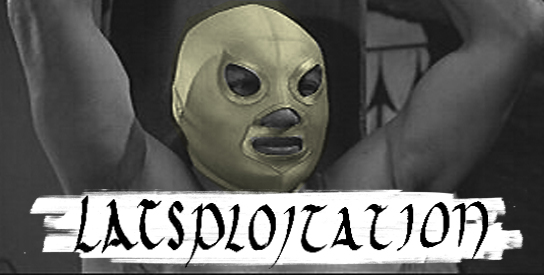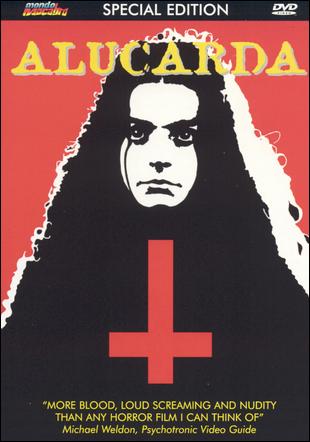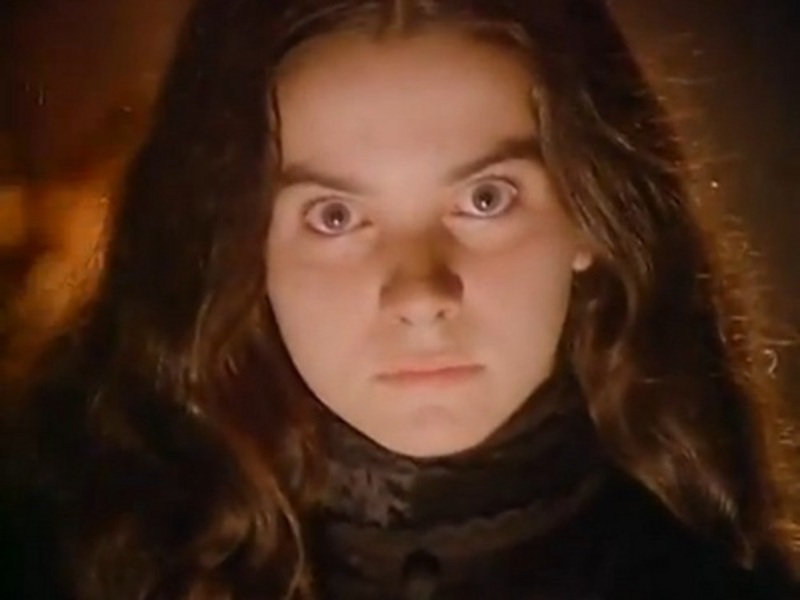 Many film fanatics are familiar with Mexi-horror thanks to the plethora of classic lucha libre films that inundated the market from the early 1950s to the early 1980s. Those films usually incorporated things like mummies, vampires, robots, werewolves, and aliens, but they were more action and feel-good films than horror. However, underneath those very popular movies, there was a much darker and sinister current that eventually contributed many gems to the Mexi-horror canon. One such film is Alucarda, la hija de las tinieblas (Alucarda, the daughter of darkness). This 1978 Mexican horror film written by Alexis Arroyo, directed by Mexican horror filmmaker Juan López Moctezuma, and starring Tina Romero in the title role is perhaps the Latin American equivalent of The Exorcist.
Many film fanatics are familiar with Mexi-horror thanks to the plethora of classic lucha libre films that inundated the market from the early 1950s to the early 1980s. Those films usually incorporated things like mummies, vampires, robots, werewolves, and aliens, but they were more action and feel-good films than horror. However, underneath those very popular movies, there was a much darker and sinister current that eventually contributed many gems to the Mexi-horror canon. One such film is Alucarda, la hija de las tinieblas (Alucarda, the daughter of darkness). This 1978 Mexican horror film written by Alexis Arroyo, directed by Mexican horror filmmaker Juan López Moctezuma, and starring Tina Romero in the title role is perhaps the Latin American equivalent of The Exorcist.
Alucarda, la hija de las tinieblas
Mexico, 1978, Juan López Moctezuma


The editing in Alucarda is a bit rough and the acting would be more at home on a stage. On the other hand, the special effects are solid, even if they betray the film’s low budget. Ultimately, the only real problem with the film is the sound. The original sound was apparently so bad that most versions available now, both on DVD and online, have been redubbed in Spanish. Even if you can get over alleged Mexicans sounding like Spaniards, there are a few instances in which the audio is out of synch. The audio also takes a bit of enjoyment out of watching Alucarda simply because there is an insane amount of screaming. For example, the first time Alucarda is possessed, she twirls around while pulling her hair and screaming…for about five minutes. When Justine’s reanimated corpse is splashed with holy water, you get another screaming session. The entire last sequence of the movie is also a bit headache-inducing. In other words, either turn the volume down or be ready to swallow some aspirin.

Despite the few shortcomings mentioned above, there are two reasons why everyone should watch Alucarda, la hija de las tinieblas. The first is that some scenes have a mixture of sex, blood, and religious motifs that, without stretching the imagination too much, present vague echoes of Pier Paolo Pasolini’s work. I don’t know if Moctezuma ever mentioned Pasolini as an influence, but some visuals are definitely reminiscent of the famous Italian director’s style. The second reason is that, when it comes to creating a dark atmosphere, full frontal nudity, sheer amounts of blood, and blunt violence, the film shows that Mexico was one of the short list of South American countries that could be considered avant-garde in horror.
Ultimately, Alucarda‘s significance goes beyond the quality of its special effects or its weak plot; its importance resides in the fact that it was a spooky, blasphemous, sexually charged film that broke away from the the silly mummies and masked wrestlers that were so popular at the time. With its gallons of fake blood, robed priests torturing possessed girls, lots of nudity, and good doses of violence, this film is the perfect introduction for those looking to delve into the darker, grittier side of Mexican horror.





